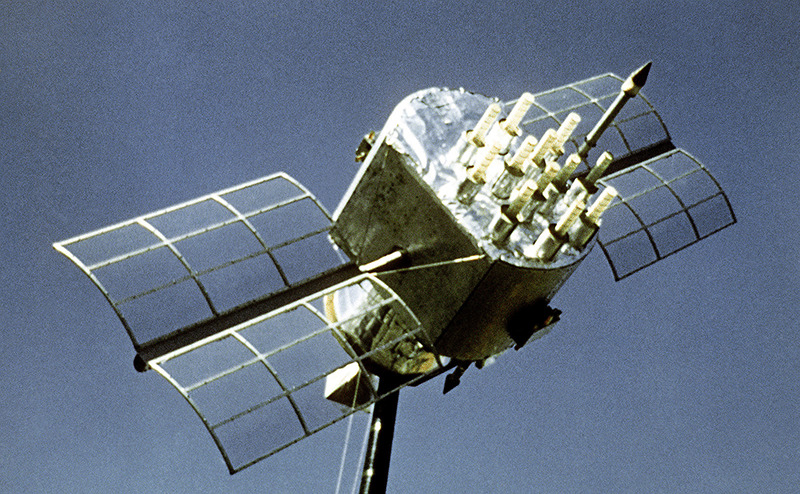GPS has become so popular that it’s a must-have feature in smartwatches and smartphones. For many of us, getting to a new place without the help of GPS is almost impossible. However, most of us do not know how GPS works and some are unaware of other satellite navigation systems like Glonass, Galileo, and BeiDou.
GPS stands for Global Positioning System. This satellite-based navigation system is made up of at least 24 satellites.
Read more Coros Pace 2 Is the World’s Lightest GPS Watch Especially Designed for Competitive Runners
The GPS does not require the user to transmit any data, and it operates independently of any telephonic or internet reception, though these technologies can enhance the usefulness of the GPS positioning information.
GPS works in any weather condition, anywhere in the world, 24 hours a day, with no subscription fees or setup charges.
The satellites were put into orbit by the U.S. Department of Defense (USDOD). Originally meant for military use, the satellites were made available for civilian use in the 1980s.
Following a precise orbit, the GPS satellites circle the Earth twice a day. A unique signal and orbital parameters are transmitted by the satellites, allowing GPS devices to decode and compute the precise location of the satellite. GPS receivers then use this information and trilateration to calculate a user’s exact location. Essentially, the GPS receiver measures the distance to each satellite by the amount of time it takes to receive a transmitted signal. With distance measurements from a few more satellites, the receiver can determine a user’s position and display it electronically to measure your running route, map a golf course, or find your way home.
Garmin is a pioneer in building portable GPS systems. The company launched its first GPS device in 1989.
How accurate is GPS?
Thanks to their parallel multi-channel design, today’s GPS receivers are extremely accurate. Garmin’s receivers are quick to lock onto satellites when first turned on. They maintain a tracking lock in dense tree-cover or in urban settings with tall buildings. Certain atmospheric factors and other error sources can affect the accuracy of GPS receivers. Garmin GPS receivers are typically accurate to within 10 meters. Accuracy is even better on the water.
Read more Garmin Launches quatix 6 Maritime GPS Smartwatch With Comprehensive Connectivity and Much More
Other Satellite Navigation Systems
GLONASS. GLONASS is a satellite constellation system built by Russia. GLONASS stands for Global Navigation Satellite System and is slightly more precise with roughly 4.5-7.4-meter accuracy. The accuracy it achieves is due to the positioning of the 24+ GLONASS satellites, which are designed for greater coverage at high altitudes. Some smartwatches offer GLONASS in addition to GPS. Aside from being precise, GLONASS can be a useful backup when your device can’t locate GPS.
BeiDou and Others. BeiDou Navigation Satellite System, or BDS, is China’s satellite navigation system. This system was previously known as Compass. BeiDou started offering global services in 1918 and it now has 35 satellites.
Another navigational system is India’s Indian Regional Navigation Satellite System (IRNSS). It has 8 satellites, reports Android Authority.
Japanese government offers another navigational system, called Quasi-Zenith Satellite System (QZSS). With 8 satellites, QZSS is a four-satellite constellation and has 3 satellites visible at all times.
Some of these systems are only available in the respective countries. However, some smartwatches offer multiple navigational systems. Most Garmin running watches, for example, offer GPS, GLONASS, and Galileo, which were created by the European Space Agency.













